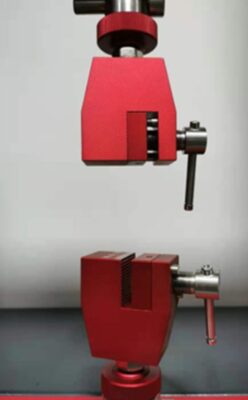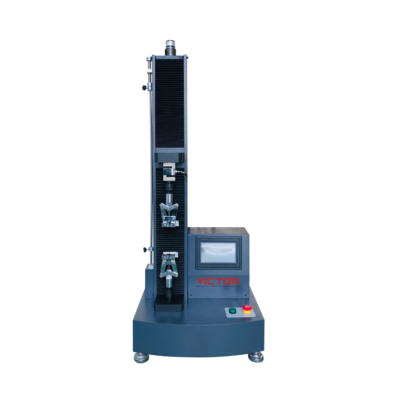ISO 1924-2 Tensile Tests of Paper and Board
International Organization for Standardization (ISO) is an independent, non-governmental, and international organization that develops standards to ensure the quality, safety, and efficiency of products, services, and systems. The purpose of the ISO standard is to designed to make products and services better and to make companies, governments, and other organizations more efficient. ISO 1924-2 is design for specific industries, like the Paper & Cardboard or designed to help improve the environment.
Description For ISO 1924- 2
ISO 1924-2 specifies a method for measuring the tensile strength, strain at break and tensile energy absorption of paper and board, using a testing machine operating at a constant rate of elongation (20 mm/min). This part of ISO 1924 also specifies equations for calculating the tensile index, the tensile energy absorption index and the modulus of elasticity. Testing in conformance with this part of ISO 1924 always includes the measurement of tensile strength.
Measurement or calculation of other properties is subject to agreement between the parties concerned. This part of ISO 1924 is applicable to all papers and boards, including papers with a high strain at break if the results are within the capacity of the testing machine.
It also applies to the components of corrugated board but not, however, to corrugated board itself.This part of ISO 1924 is not applicable to tissue paper and tissue products for which ISO 12625-4[2] is applicable. For the determination of tensile properties of laboratory sheets, ISO 5270[3] is recommended.
What Does ISO 1924-2 Measure?
ISO 1924 -2 most frequently measures the following:
Tensile strength
Tensile strength divided by weight elongation lengthening of a test piece.
Note 1: Elongation is measured in millimetres.The strain ratio of a test piece’s elongation to its initial length.
Note 1 for the entry: Strain is expressed as a percentage of the length of the initial test.Note 2 on the entry: The test piece’s initial test length is the same as the initial span between the clamping lines.
Strain at break
Ratio of the measured elongation at the moment of rupture of a test piece of paper, when extended under the conditions defined in the standard method of test, to the initial test length.
Tensile energy absorption
The amount of energy absorbed by a test piece per unit surface area when strained to the maximum tensile force.
Note 1 for the entry: Surface area is calculate by multiplying the test length by the width index of tensile energy absorption. Tensile energy absorption divided by elasticity modulus in grammes maximum slope of the force-elongation curve multiplied by initial length divided by test piece width and thickness.
Grips For ISO 1924-2
Grip and jig selection is important to obtain accurate results and specimen alignment is key to avoiding side loading or bending moment.
side action flat grip
Type of UTM machine
VEW 260T
Model VEW 260T Large LCD Digital Display Electromechanical Universal Testing Machine is designed and manufactured according to ASTM, ISO, DIN etc standards.
It is suitable for wide range of material for tension, compression, Bending and shearing test, etc. It has high stability as well as high precision, equip with LCD display control with easy operation.
More: https://www.victortestingmachine.com/products/universal-testing-machines/electromechanical/vew-260t/
Test Procedure For ISO 1924-2
1.Start the test and keep going until the test piece breaks.
2.Record the maximum tensile force applied and, if necessary, either the elongation in millimetres or the strain at break as a percentage for direct-reading instruments.
3.To obtain ten valid results in each direction of interest, test at least ten test pieces in each direction of interest (machine direction, cross-direction).
4.Reject all test piece readings that break within 10 mm of the clamping lines.
5.If more than 20% of the test pieces cut from a specific sample break within 10 mm of the clamps, inspect the testing machine for compliance with Clauses 5.1 and 6.
6.If the apparatus is defective, rejectall results and take appropriate corrective action.
7.In the test report, the number of test pieces that break within 10 mm of the clamps must be stated.


